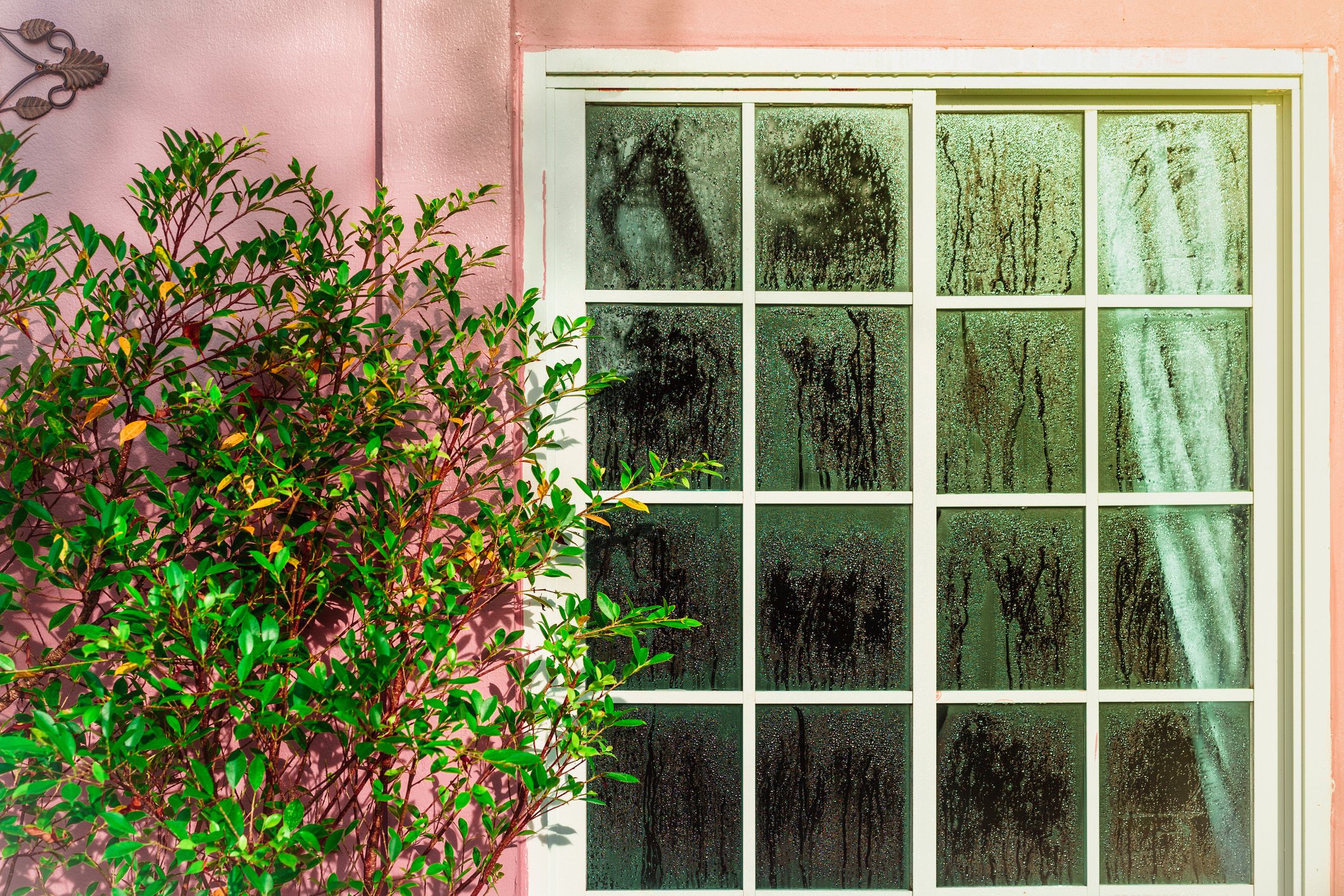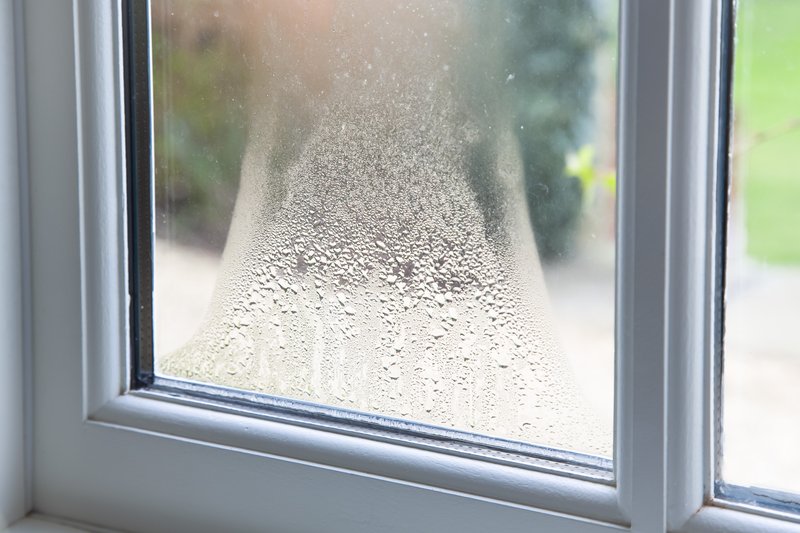
Window Condensation: Common Questions Asked
Windows are a key feature in any modern home. Your home's windows serve many purposes, for example, providing natural sunlight and offering cross-ventilation, which keeps your indoor atmosphere light and airy.
However, windows Ottawa are often at risk for experiencing problems that can affect their quality - one of such issues is excess condensation.
What is Condensation? Everything You Need to Know
Condensation occurs when water vapour turns into liquid, as it is water in its gaseous state. Condensation is the opposite of evaporation when water in its liquid form becomes vapour.
One of two things needs to happen for condensation build-up at your window:
- Air cools to its dew point: The dew point is the temperature to which the air needs to cool down to in order to become completely saturated. This is when it achieves a relative humidity of 100%, which represents how much moisture the air can possibly hold. The higher the dew point and humidity, the more moisture in the air. For example, when moist air comes in contact with a cold surface, such as your window during the winter months, the moisture condenses and forms water droplets. Therefore, cold air can't hold a lot of moisture, while warm air can.
- The air becomes so saturated with water vapour that it can no longer hold any more water: As more molecules of water vapour form, so will more molecules of liquid water.
With this in mind, how does condensation form on your windows?
As mentioned above, when it's cold outside, condensation is more likely to appear on the interior of your windows. This likelihood is due to the contrast between warmer air in your home and colder air beyond the glass of your window. When warm, moist air comes in contact with a cooler surface, it causes the air to cool and condense.
However, window condensation can also occur during the summer months. As outdoor temperatures increase and conditions become humid, you're likely keeping your indoor air relatively cool. As a result, condensation can occur, this time forming on the outside of your windows. That's because warmer air from outside is coming in contact with the cool surface of your windows.

What Does Condensation on My Windows Mean for My Home?
Now that you understand how condensation works and why it forms, you may be wondering whether it's good or bad to find on the windows of your home.
Condensation on the Interior of Your Windows
In most cases, condensation on the inside of your windows is no cause for concern, especially in the wintertime.
However, it is important to monitor the levels of condensation on the interior of your windows closely, as this could be a sign of your home's humidity levels being too high. Too much humidity can cause ventilation problems in your home, due to air not circulating properly.
This in turn creates excess moisture, which can be a breeding ground for mold and mildew. Exposure to these pathogens can introduce health hazards to your family - for example, mold and mildew can cause coughing, allergy symptoms, and other health problems.
Another potential risk of excess condensation to keep in mind is the fact that when excess moisture can't escape from the interior of your windows, it can cause structural damage, such as rot or rust, which can compromise the structural integrity of your home.
Other than high humidity levels, there can be other causes of excess moisture on the inside of your windows. If you notice condensation only on one particular window, it could indicate a draft problem.
At Big City Windows and Doors, our recaulking service can help seal the gaps around your windows to keep out water and pests, keeping your windows free of excess condensation.
Condensation on the Exterior of Your Windows
Condensation on the outside of your windows isn't necessarily a bad thing.
In fact, if you notice moisture forming on the exterior of your windows when it's hot out, it means your windows are doing what they're supposed to do - keeping the cool air in and hot air out. In this case, your windows are doing a good job of insulating heat.
Even if your windows are doing their job well, it is still always a good idea to regularly check up on your sills and frames to make sure they're still properly sealed - this is why regular window maintenance is critical. Big City Windows and Doors offers a service that keeps your windows in top shape, allowing them to effectively keep out unwanted moisture.
Condensation in Between Your Window Panes
If you notice condensation between your window panes, it is usually not a good sign. Most windows have double- or triple-paned glass layers featuring an insulating gas between them, meaning that if there's moisture in between the panes, the air-tight seal holding this gas has failed.
When this is the case, the insulating gas leaks out, allowing excess moisture in. A service professional is usually required to replace the glass pane, and perform window condensation repair. However, if the problem is severe enough, you might also need to contact a window replacement company.
If you find yourself struggling with condensation between your window panes, we at Big City Windows and Doors are experts in restoring your windows to their original condition, and in installing replacement windows that provide optimal insulation and energy efficiency.
How to Prevent Unwanted Condensation
There are a number of ways you can prevent or eliminate unwanted window condensation. These include:
- Using moisture eliminators
- Buying a dehumidifier
- Turning off your humidifier
- Using fans throughout your home
- Using a window condensation absorber
- Covering pots and pans when cooking
- Leaving interior doors open
- Keeping firewood outside
Other ways to prevent condensation on windows include installing vinyl windows and caulking your windows. At Big City Windows and Doors, we offer vinyl windowsas replacements throughout Ottawa. These types of windows are more durable than regular windows and are highly efficient at keeping moisture and cool air out during the winter. If you find that your caulking is no longer doing its job, our recaulking services also serves to keep your home air-tight.

Frequently Asked Questions
What causes condensation on windows?
Condensation on the inside of windows occurs when warm air comes in contact with cool glass. Interior moisture occurs when condensation is present on windows in the winter. In other words, during the winter months, condensation forms in the interior of your windows. However, condensation on the outside of your windows occurs when the glass is colder than the dew point outside.
Is condensation on windows bad?
Condensation on your windows isn't necessarily a bad thing. However, if there's too much moisture, it can be. This is especially true if condensation occurs in between the glass panes of your window.
How do I stop window condensation?
To stop condensation on windows, you can:
- Use bathroom and kitchen fans
- Add weather stripping
- Open your windows
- Raise the temperature in your home
- Circulate the air in your home
- Open window treatments (i.e. blinds, drapes, curtains)
- Lower humidity controls on your thermostat
Will Low-E coating prevent condensation on the outside of my windows?
No – in fact, Low-E does the opposite of preventing condensation on the outside of your windows. Instead, Low-E coating reduces interior window condensation. As a result, it helps your window panes trap more heat on the inside. This can reduce outside glass temperature, which results in condensation on the glass. In this case, condensation on the outside of your windows actually means the product is doing its job.
What happens if condensation starts to form in between my window panes?
Condensation between window panes can cause a host of problems. For example, the broken seal that causes condensation in between window panes can result in the windows allowing heat in during the summer and out during the winter. It can also cause excess moisture, which can lead to mold, mildew, and structural damage.
Are certain types of windows more susceptible to condensation than others?
Yes, certain materials within a window's construction are more vulnerable to condensation than other materials. For example, aluminum windows have a high thermal conductivity, which means that aluminum can effectively transfer heat and readily absorb heat from the environment. Therefore, when heat comes in contact with the aluminum frame of the window glass, it can cause extreme condensation. With other materials, this is less likely to occur. Vinyl windows, for example, have a lower thermal conductivity, making them more effective at reducing interior condensation.
Why does condensation form on exterior window surfaces?
When the temperature of exterior window surfaces falls below the dew point of the air, condensation can occur. This happens most often during the spring and summer when exterior humidity levels are higher. While condensation on your windows isn't always a cause for alarm, it could signal a serious problem that, if left untreated, can create a domino effect that's maybe too advanced to fix. As a result, you could need a total window replacement or even new flooring or walls.
That's why you need trusted professionals to help you maintain the integrity and quality of your windows: Big City Windows and Doors. Book an appointment with us today for quality window service throughout Ottawa.






